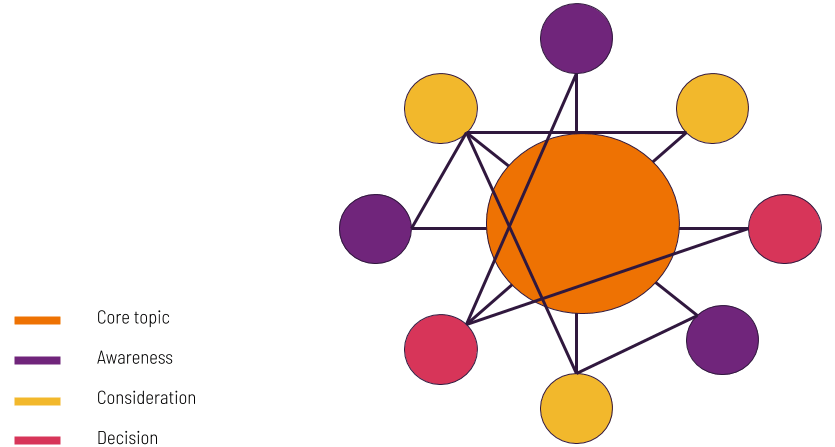Social Audio is on the rise and looking to take over the market share and buzz that Clubhouse has created. This article will help you understand your marketing efforts and how to use them for your business in the podcast and live audio/Clubhouse space.
Welcome to part three of how the Clubhouse app can raise your brand awareness series.

- Clubhouse is an audio-only social media app.
- Think live, on-demand podcast with multiple rooms.
- Mirrors more of a live conference or exclusive-curated dinner party and furthest from a Zoom conference call.
Social audio – the new kid on the block?

What is social audio?

Who is doing social audio?

Where is Clubhouse now?

Moving forward with Clubhouse










